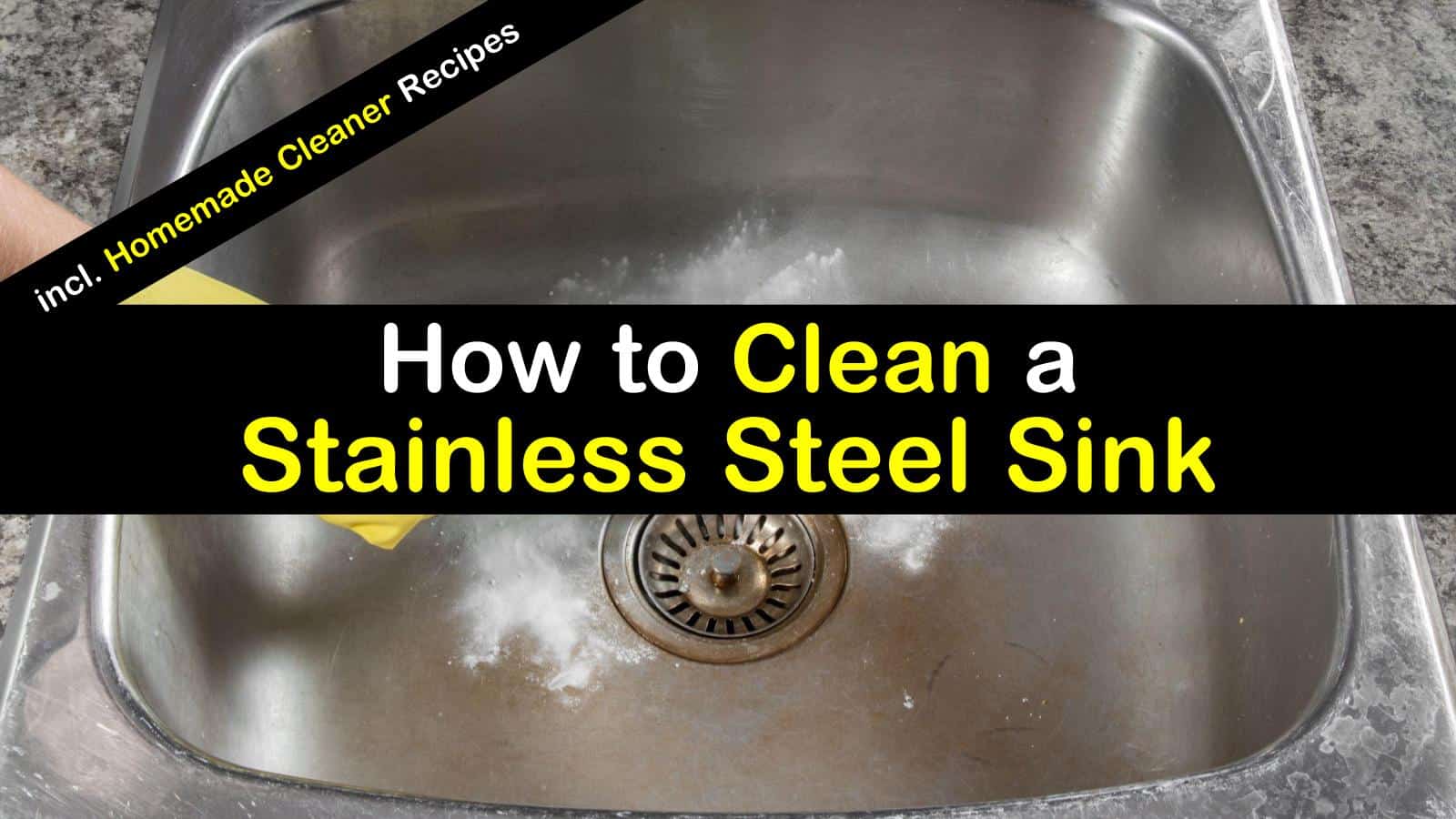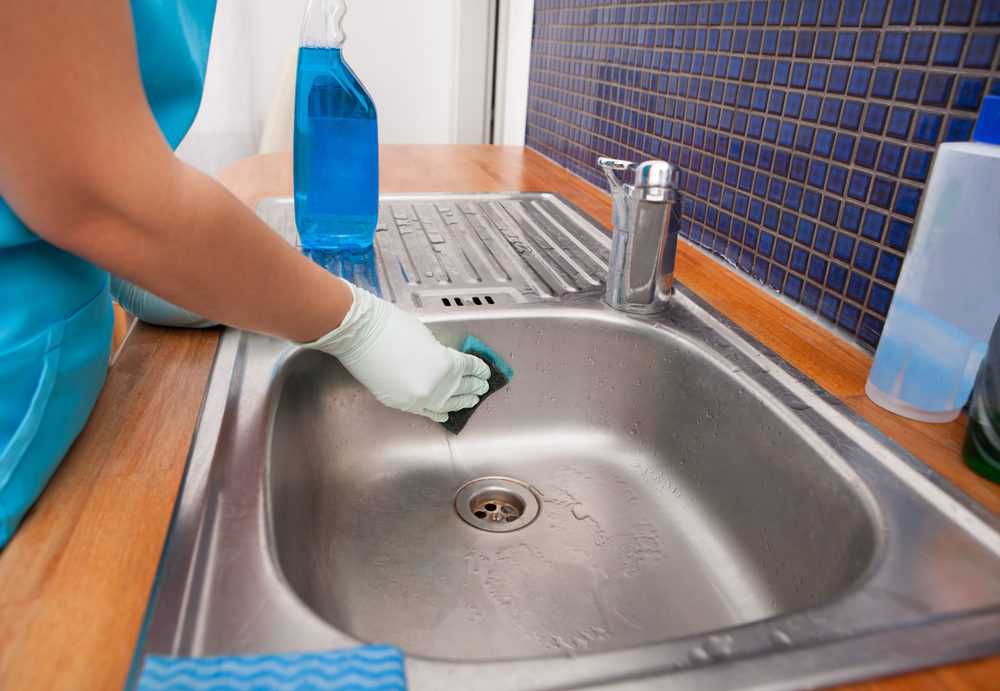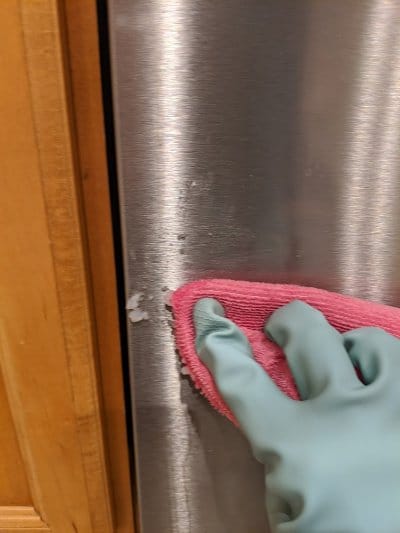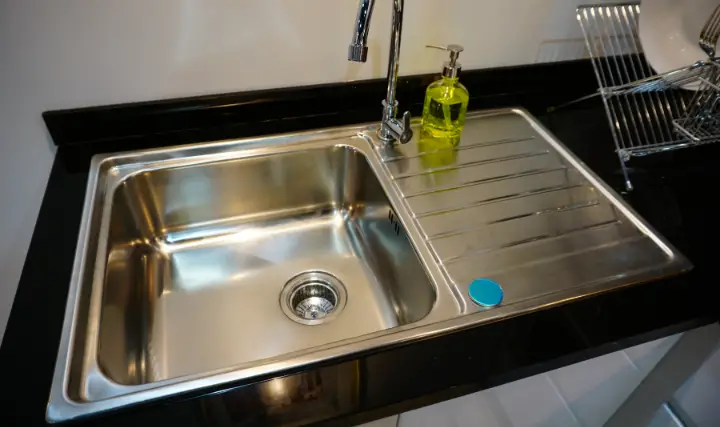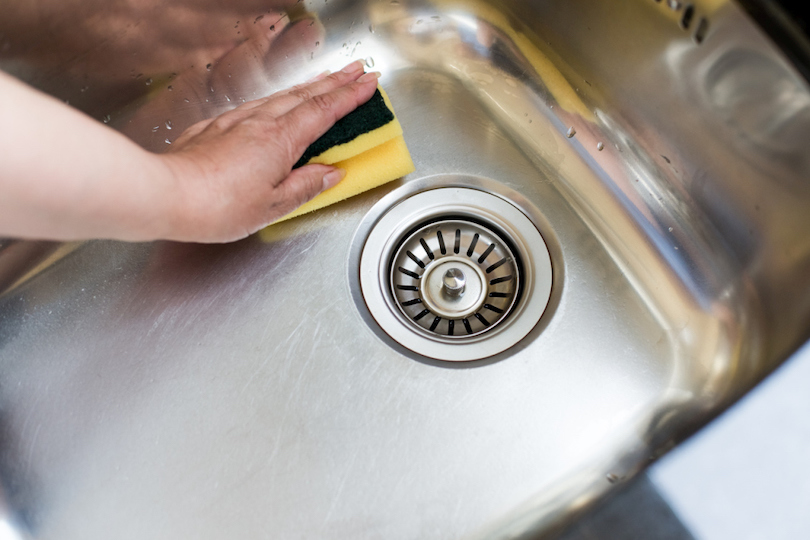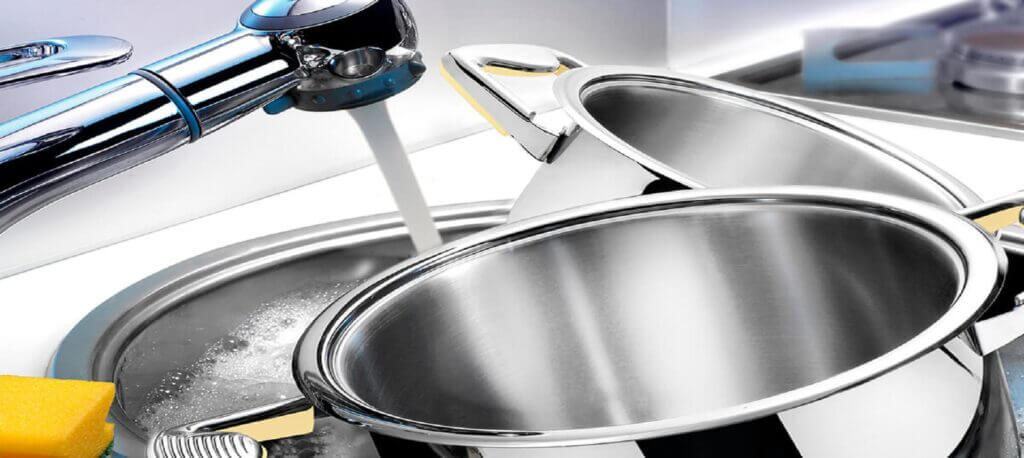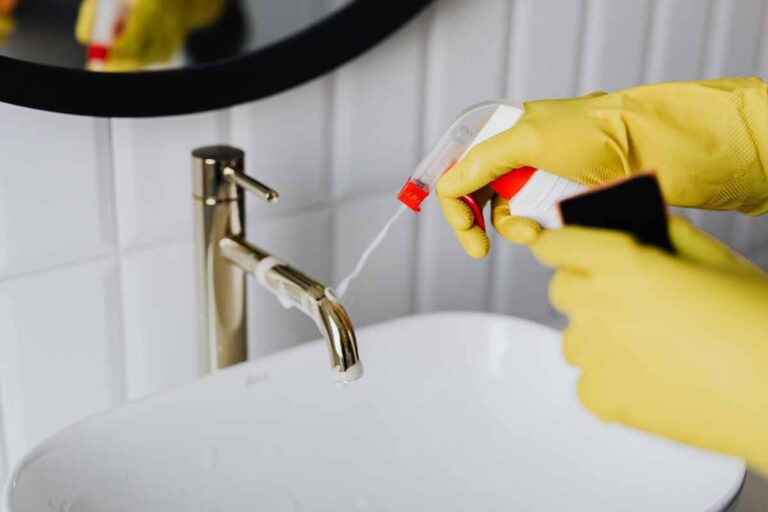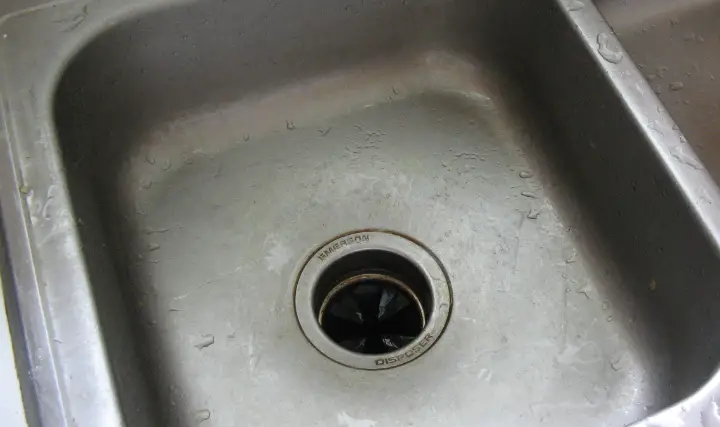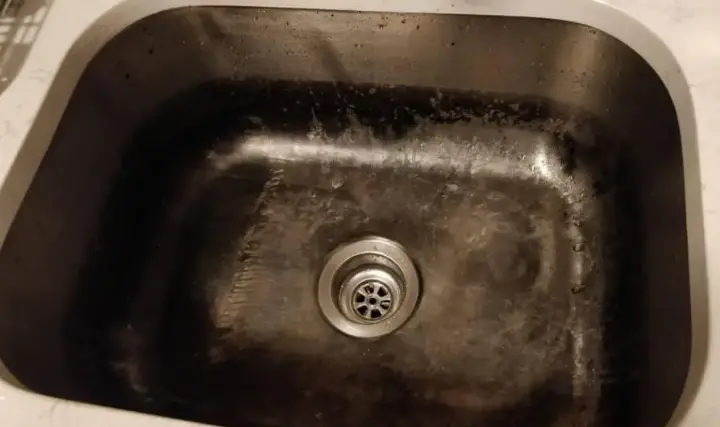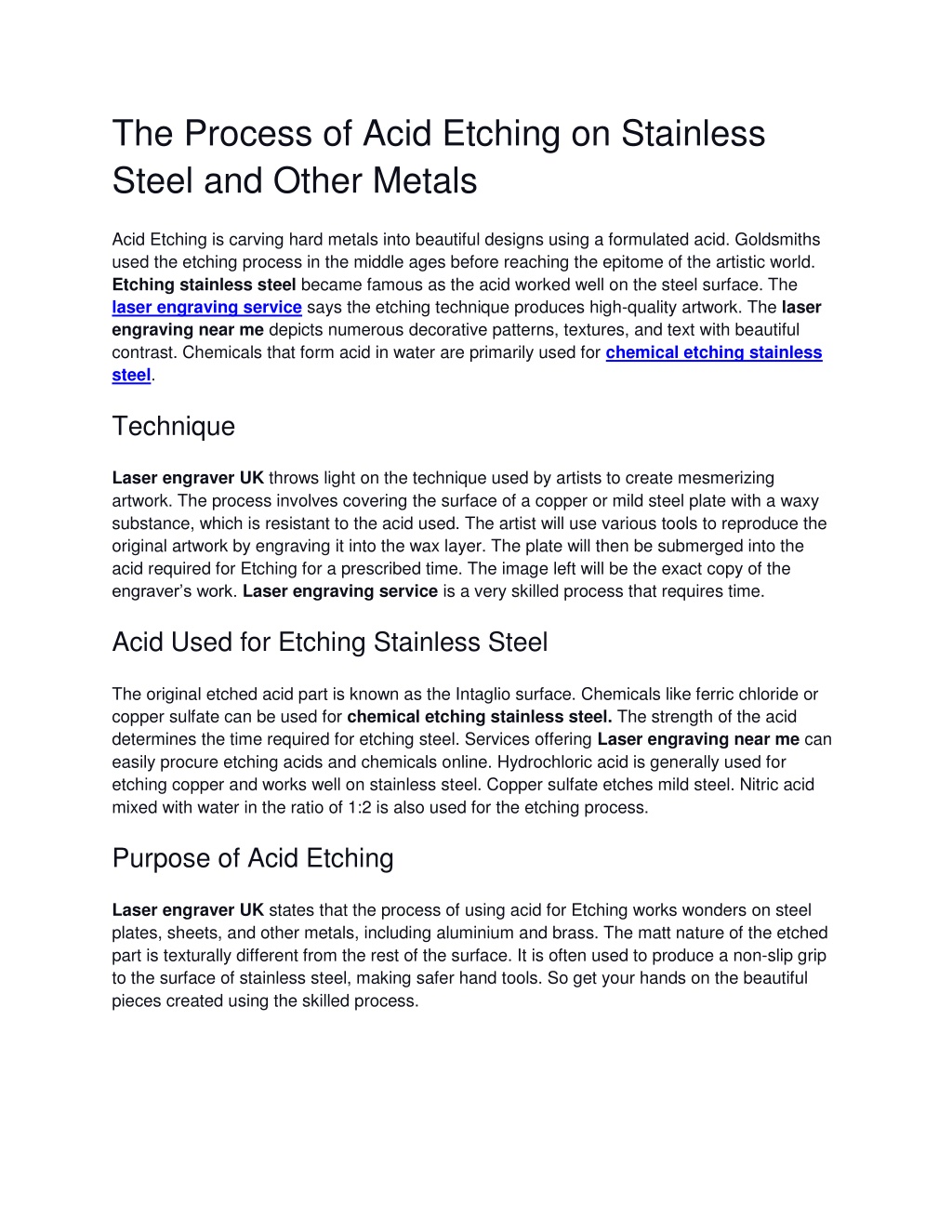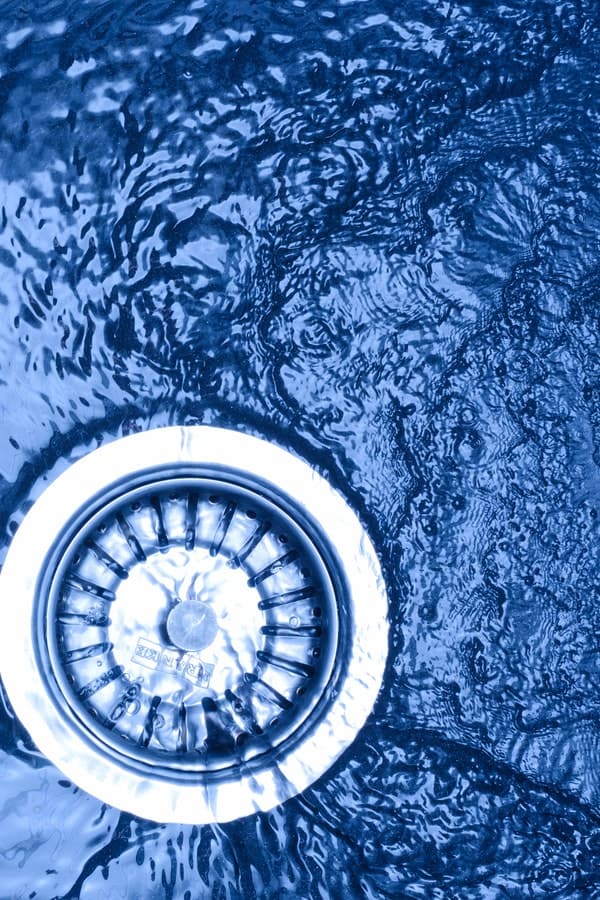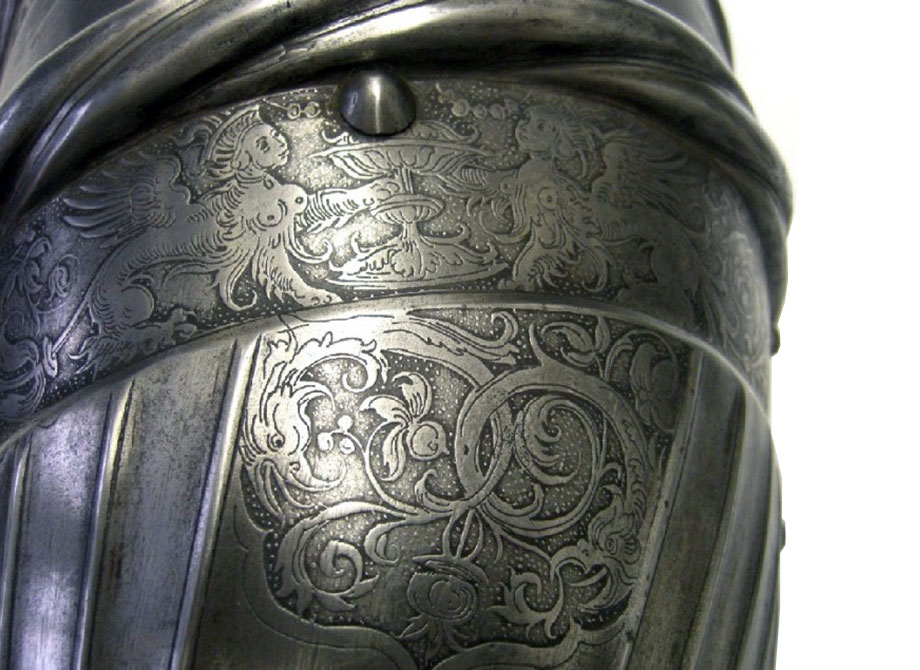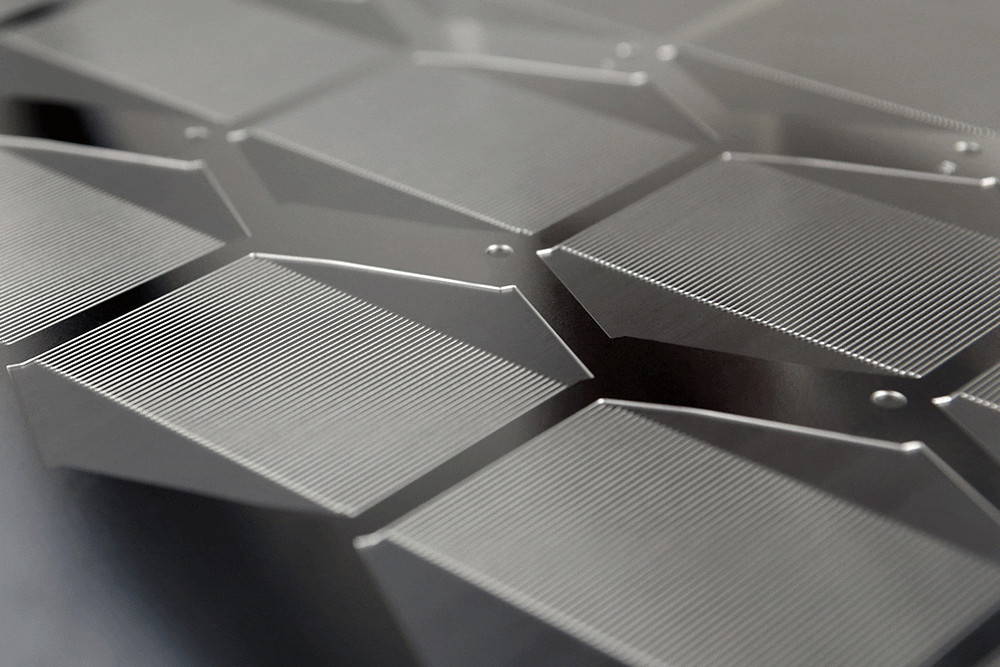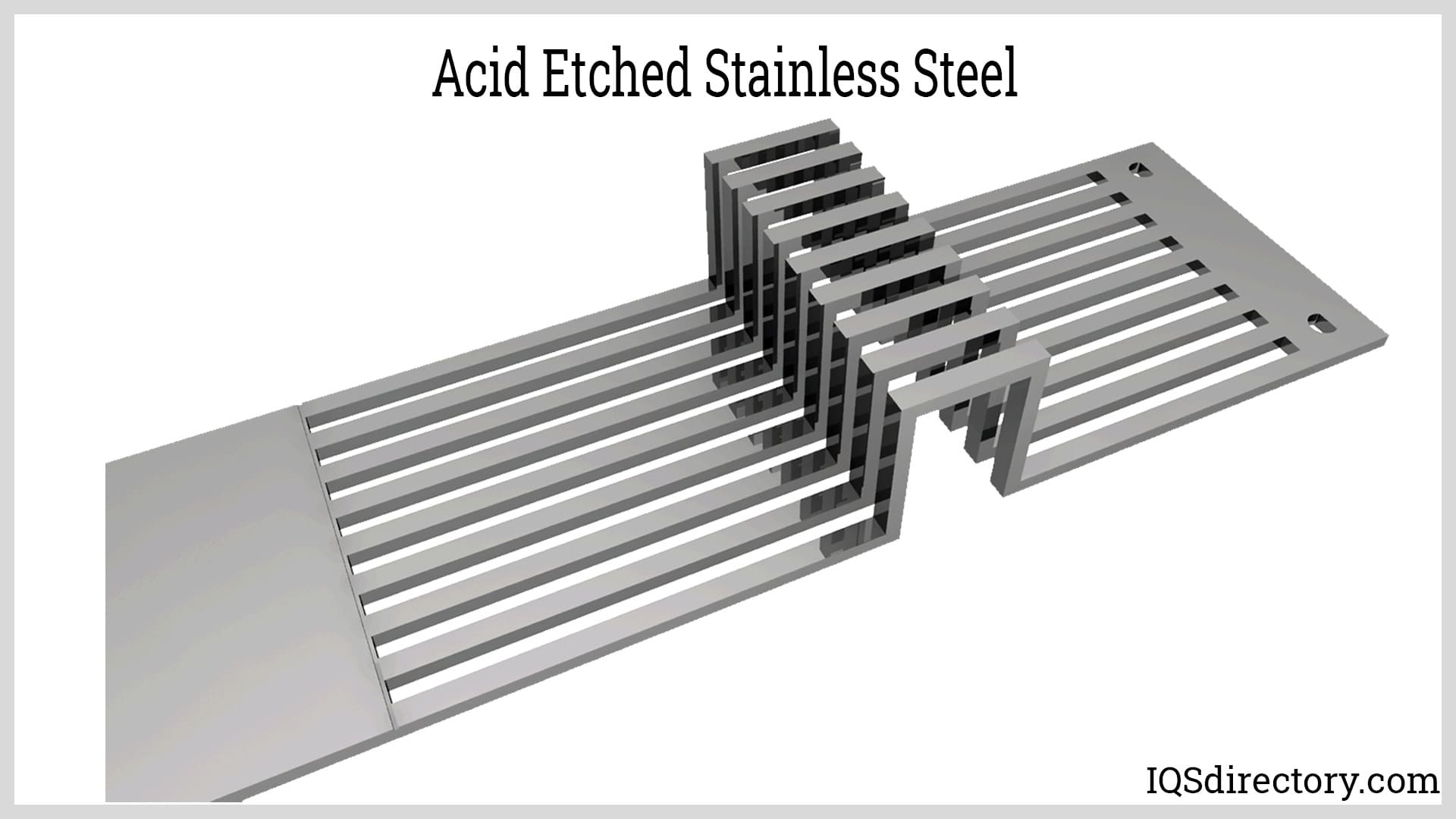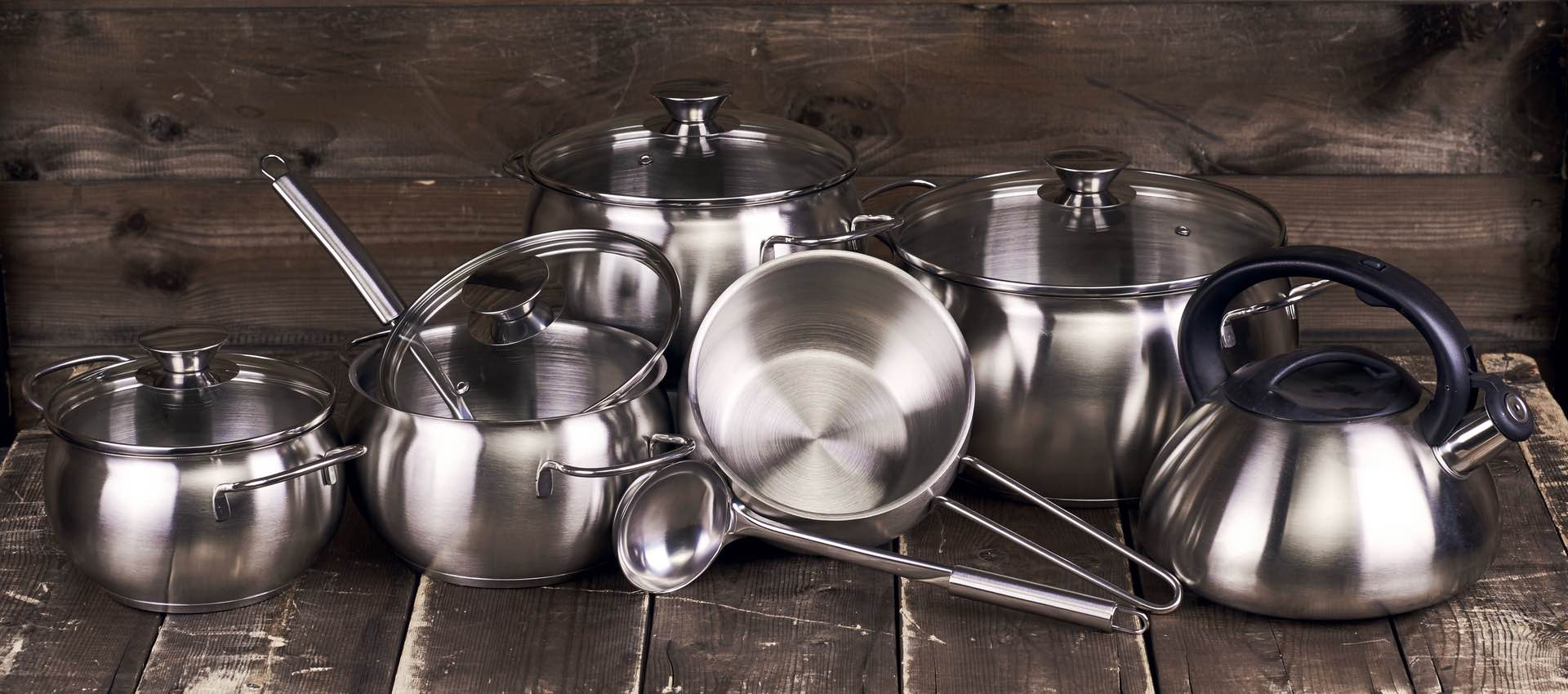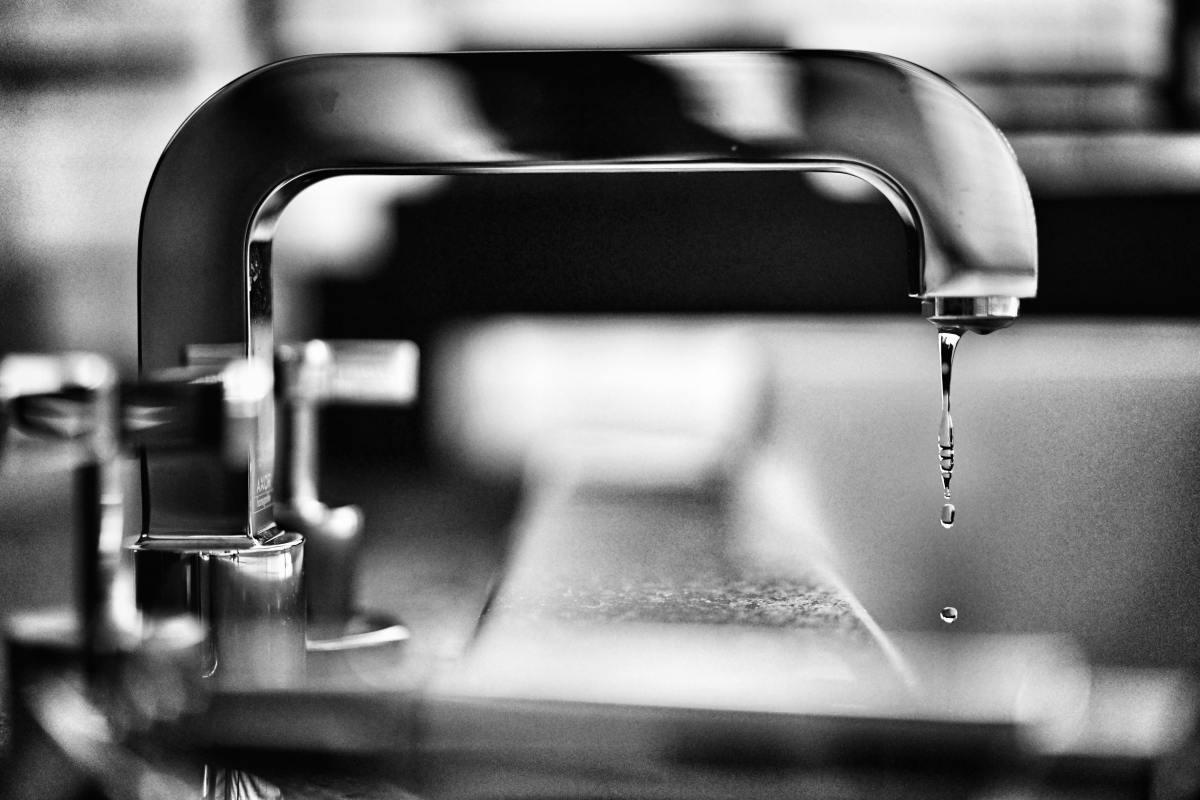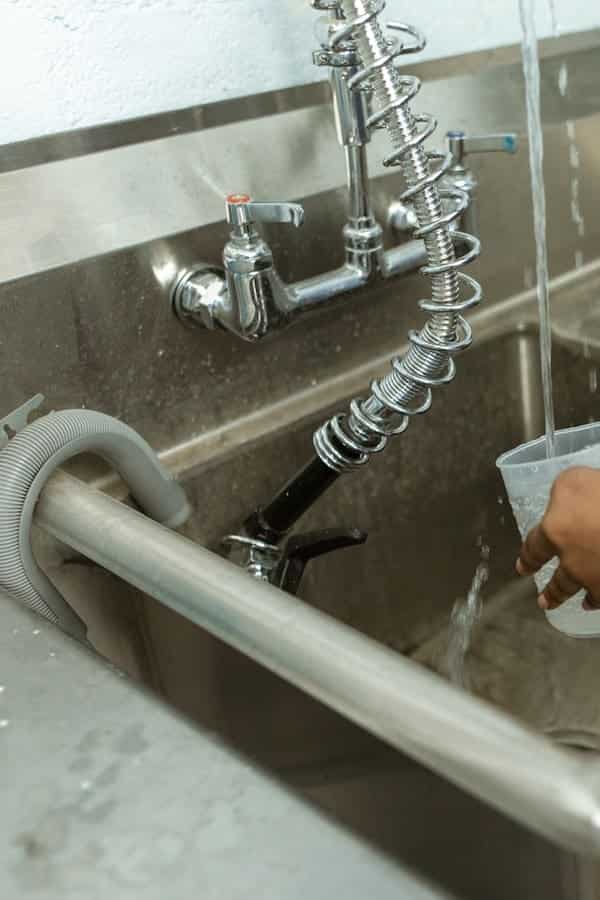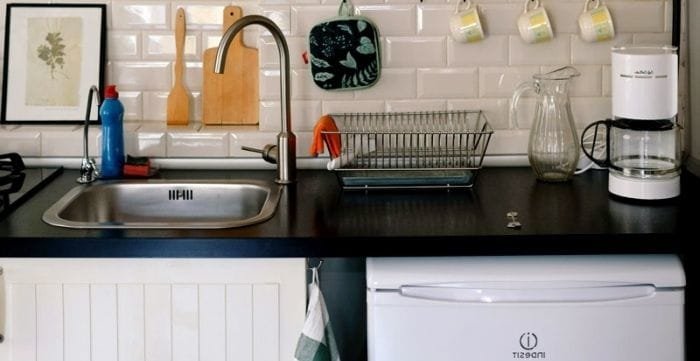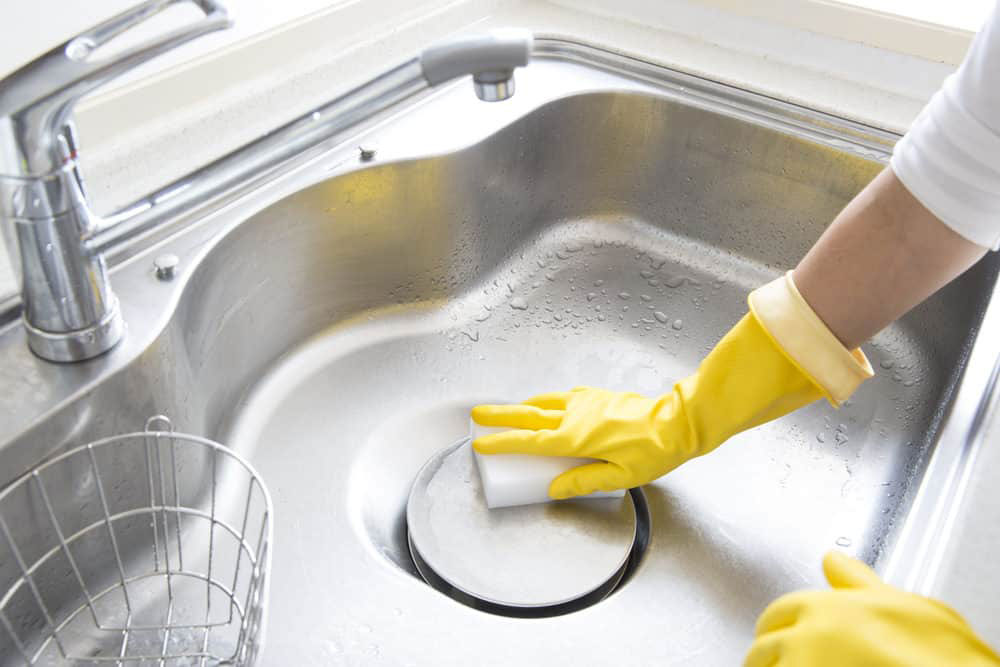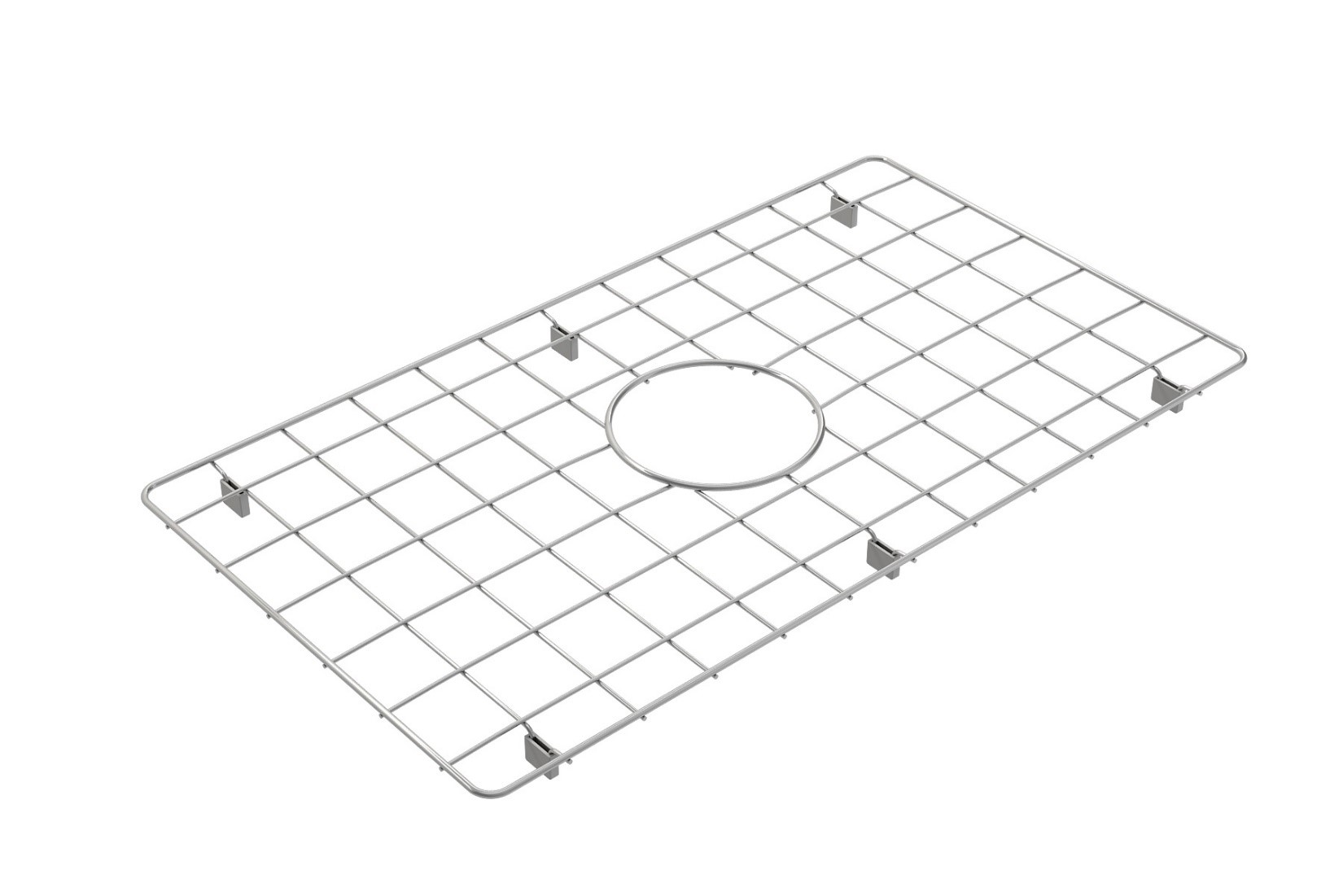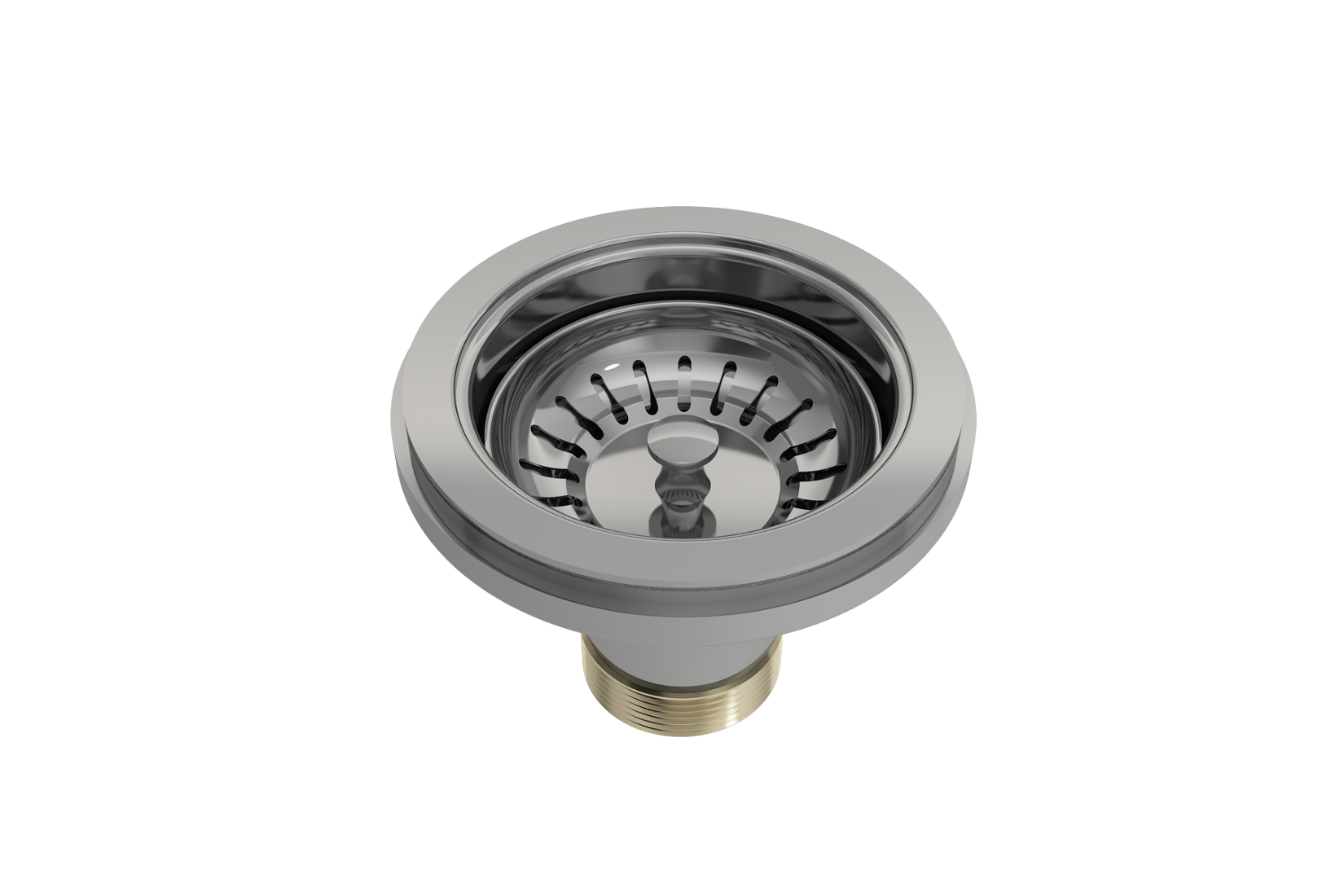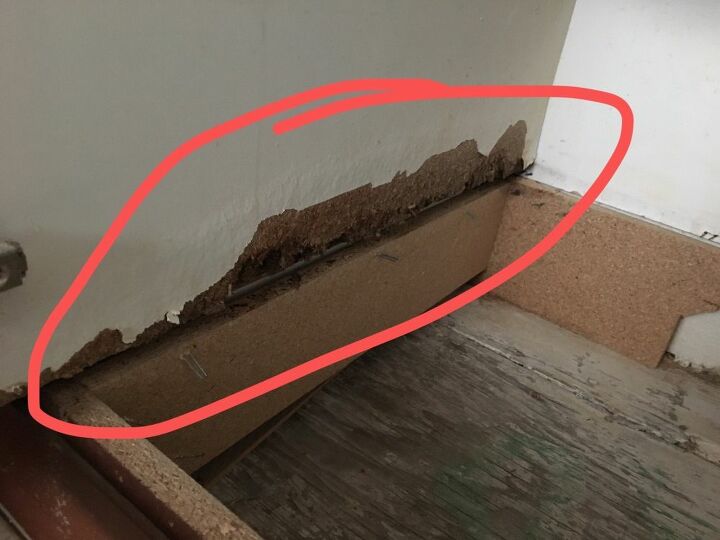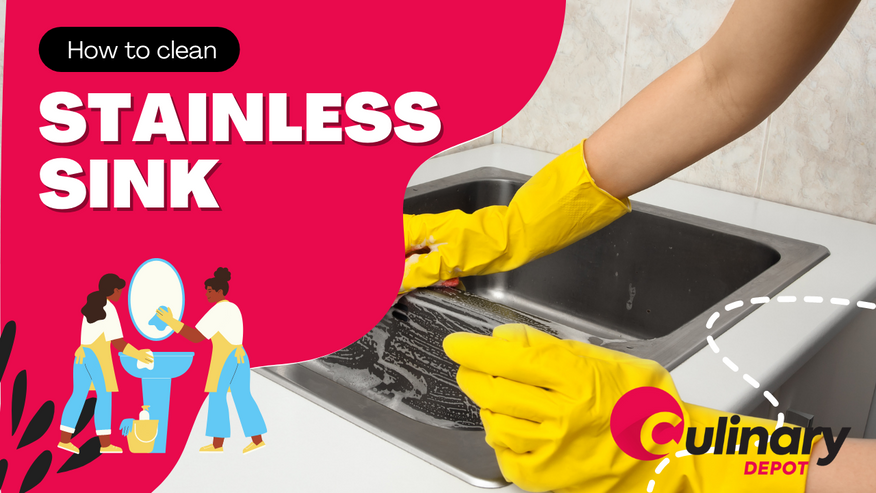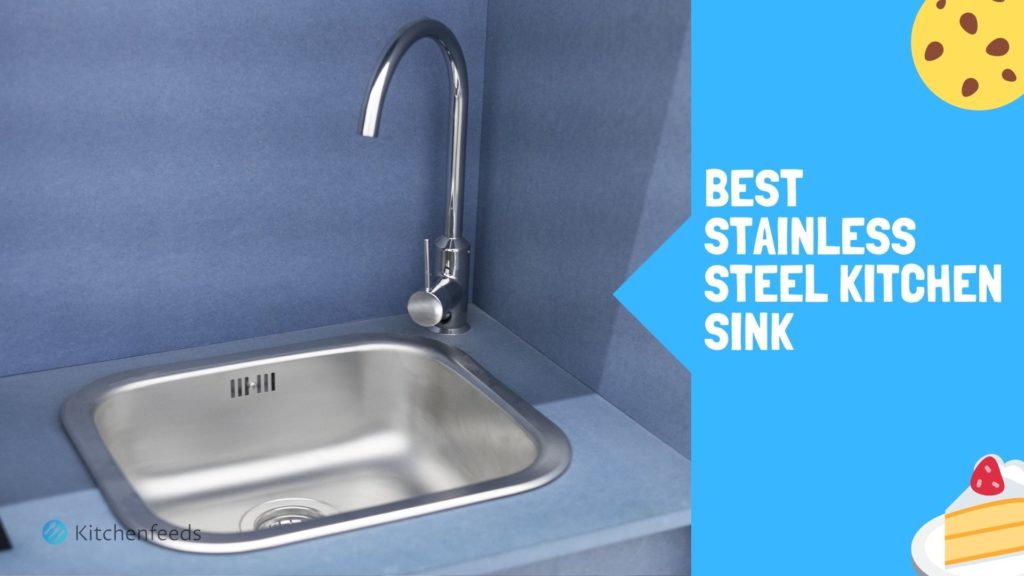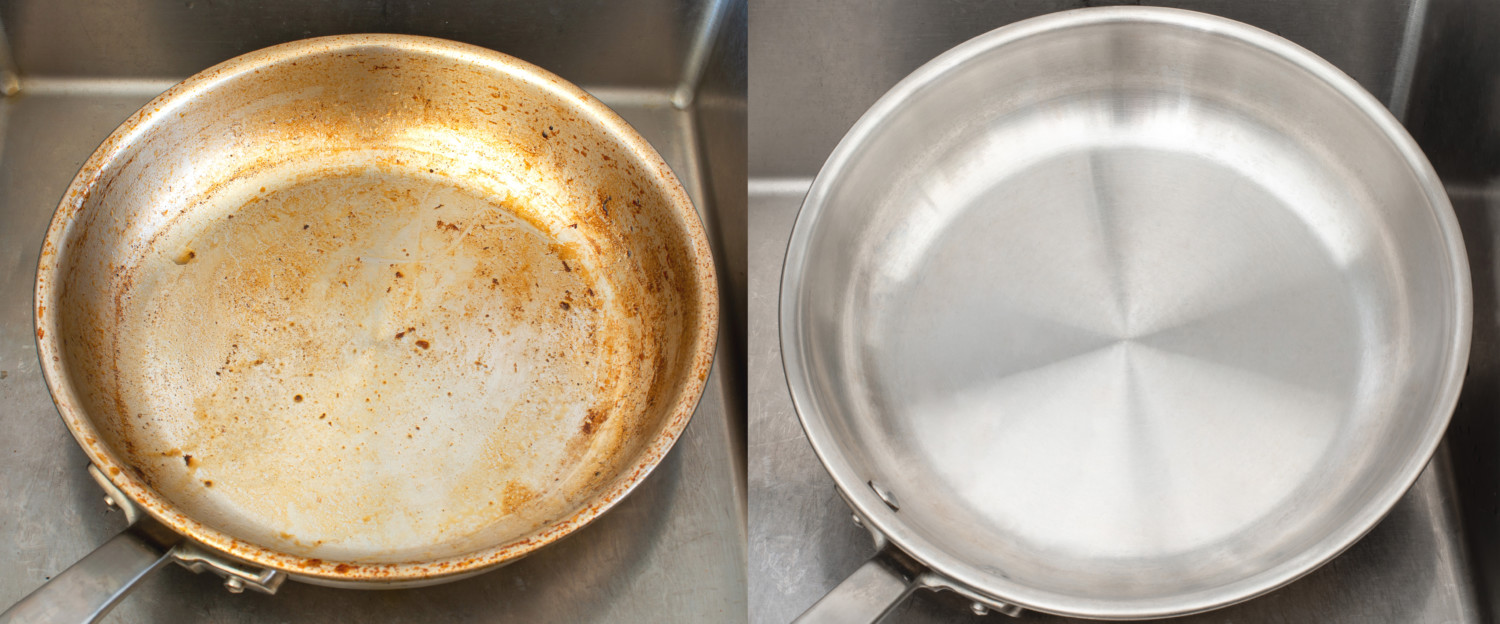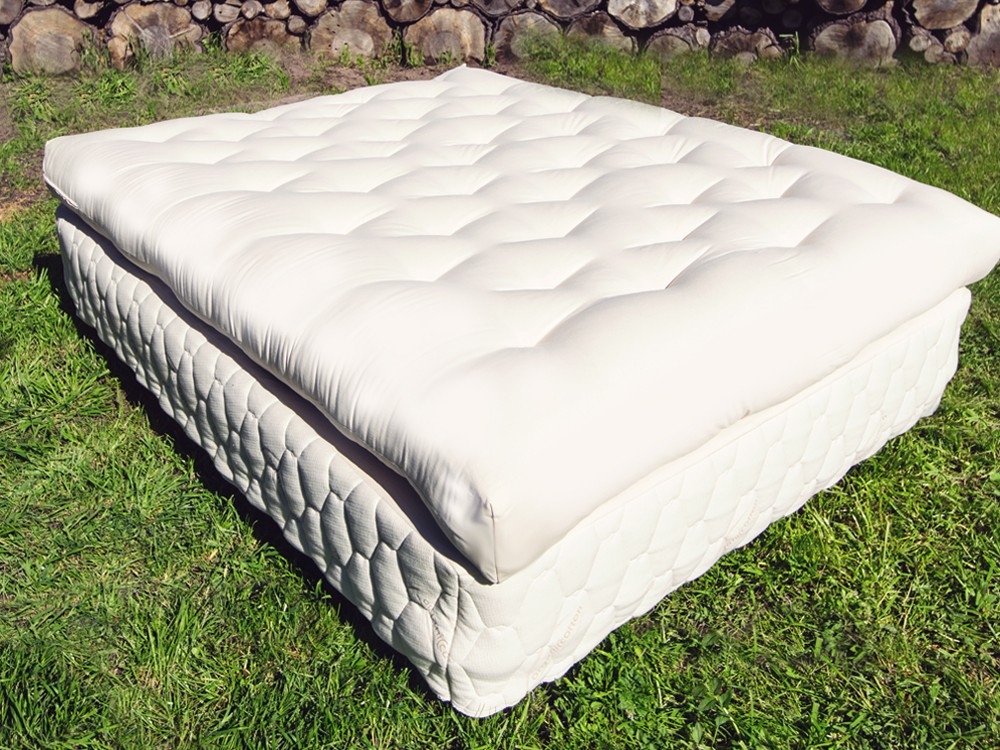Stainless steel sinks are known for their durability and resistance to stains and corrosion. However, they are not completely immune to damage, especially when it comes to exposure to strong acids. If your stainless steel sink has come into contact with acid, it can leave behind unsightly stains and even cause etching on the surface. But don't worry, with the right cleaning techniques, you can easily remove acid stains and restore your sink to its former shine. In this article, we will discuss how to clean a stainless steel sink that got acid on it.How to Clean a Stainless Steel Sink That Got Acid on It
The first step in removing acid stains from a stainless steel sink is to identify the type of acid that caused the stain. Common household acids that can cause stains on stainless steel include vinegar, lemon juice, and citric acid. Once you know the type of acid, you can determine the best cleaning method. If the acid is still fresh, you can quickly remove it by rinsing the sink with water and wiping it dry. However, if the stain has been there for a while, you will need to use a cleaning solution. One effective solution is a mixture of baking soda and water. Create a paste by mixing equal parts of baking soda and water and apply it to the stained area. Let it sit for a few minutes before scrubbing it with a soft cloth. Rinse with water and dry the sink thoroughly.How to Remove Acid Stains from a Stainless Steel Sink
Prevention is always better than cure when it comes to maintaining your stainless steel sink. However, accidents can happen, and your sink may come into contact with acid. If this happens, it's essential to act quickly to prevent permanent damage. As soon as you notice the acid stain, follow the steps outlined above to remove it. Regular cleaning and maintenance of your sink will also help prevent acid stains from occurring in the first place.Stainless Steel Sink Maintenance: How to Remove Acid Stains
In addition to leaving behind stains, strong acids can also cause etching on the surface of your stainless steel sink. Etching is the result of the acid corroding the protective layer on the sink, leaving behind a dull and rough surface. To fix acid etching, you will need to use a mild abrasive cleaner, such as a stainless steel polish. Apply the cleaner to the affected area and scrub gently with a soft cloth. Rinse with water and dry thoroughly. To prevent acid etching in the future, avoid using strong acids on your sink and always rinse it with water after use.Acid Etching on Stainless Steel Sinks: How to Fix and Prevent It
If your stainless steel sink has suffered significant acid damage, it may require a more thorough restoration process. This may involve sanding down the affected area and reapplying a protective layer, such as a stainless steel sealer. This process is best left to professionals, as it requires specialized tools and knowledge. However, if the damage is minimal, you can try using a stainless steel cleaner and polish to restore the shine to your sink.How to Restore a Stainless Steel Sink After Acid Damage
Kitchen sinks are often exposed to a variety of acids from food and cleaning products. This makes them more susceptible to acid stains and etching. To keep your stainless steel kitchen sink looking its best, it's essential to clean and maintain it regularly. Use a mild dish soap and warm water to clean the sink after each use. Avoid using harsh chemicals or abrasive cleaners, as they can cause damage to the surface. If an acid stain does occur, follow the steps outlined above to remove it.Removing Acid Stains from Stainless Steel Kitchen Sinks
Prevention is key when it comes to protecting your stainless steel sink from acid damage. Here are some tips to keep in mind:How to Protect Your Stainless Steel Sink from Acid Damage
In addition to following the tips mentioned above, here are some additional care and maintenance tips to keep your stainless steel sink in top condition:Stainless Steel Sink Care: How to Prevent and Remove Acid Stains
Stainless steel is a durable and low-maintenance material, but it still requires proper care to keep it looking its best. By following the tips mentioned in this article, you can prevent and remove acid stains and etching from your stainless steel sink. Remember to always clean your sink after use and avoid using harsh chemicals or abrasive cleaners. With the right care and maintenance, your stainless steel sink will continue to shine for years to come.Acid Etching on Stainless Steel: Tips for Cleaning and Maintenance
If your stainless steel kitchen sink has suffered extensive acid damage, it may require professional repairs. Acid damage can weaken the sink's surface and compromise its durability, so it's essential to address the issue promptly. Contact a professional for advice on how to repair the damage and prevent it from happening again in the future. With proper care and maintenance, your stainless steel sink will remain a beautiful and functional addition to your kitchen for years to come.How to Repair Acid Damage on a Stainless Steel Kitchen Sink
The Effects of Acid on Stainless Steel Kitchen Sinks

Why Choosing the Right Material for Your Kitchen Sink is Important
 When it comes to designing your dream kitchen, every detail matters. From the color of the walls to the type of appliances you choose, every decision plays a role in creating the perfect space. One important factor that is often overlooked is the material used for your kitchen sink. While there are many options available,
stainless steel
is a popular choice due to its durability, affordability, and sleek appearance. However, even with its many benefits,
stainless steel kitchen sinks
are not completely immune to damage. One common issue that homeowners may face is the damage caused by
acid
.
When it comes to designing your dream kitchen, every detail matters. From the color of the walls to the type of appliances you choose, every decision plays a role in creating the perfect space. One important factor that is often overlooked is the material used for your kitchen sink. While there are many options available,
stainless steel
is a popular choice due to its durability, affordability, and sleek appearance. However, even with its many benefits,
stainless steel kitchen sinks
are not completely immune to damage. One common issue that homeowners may face is the damage caused by
acid
.
The Negative Effects of Acid on Stainless Steel
 Acid is a common household substance found in many cleaning products, as well as certain foods and beverages. While it is effective at removing tough stains and grime, it can also have damaging effects on
stainless steel
. When
acid
comes into contact with
stainless steel
, it can cause a reaction that can result in discoloration, pitting, and even etching on the surface. This can be especially problematic for
kitchen sinks
as they are constantly exposed to various acidic substances from cooking, cleaning, and food waste.
Acid is a common household substance found in many cleaning products, as well as certain foods and beverages. While it is effective at removing tough stains and grime, it can also have damaging effects on
stainless steel
. When
acid
comes into contact with
stainless steel
, it can cause a reaction that can result in discoloration, pitting, and even etching on the surface. This can be especially problematic for
kitchen sinks
as they are constantly exposed to various acidic substances from cooking, cleaning, and food waste.
Preventing and Treating Acid Damage on Your Stainless Steel Kitchen Sink
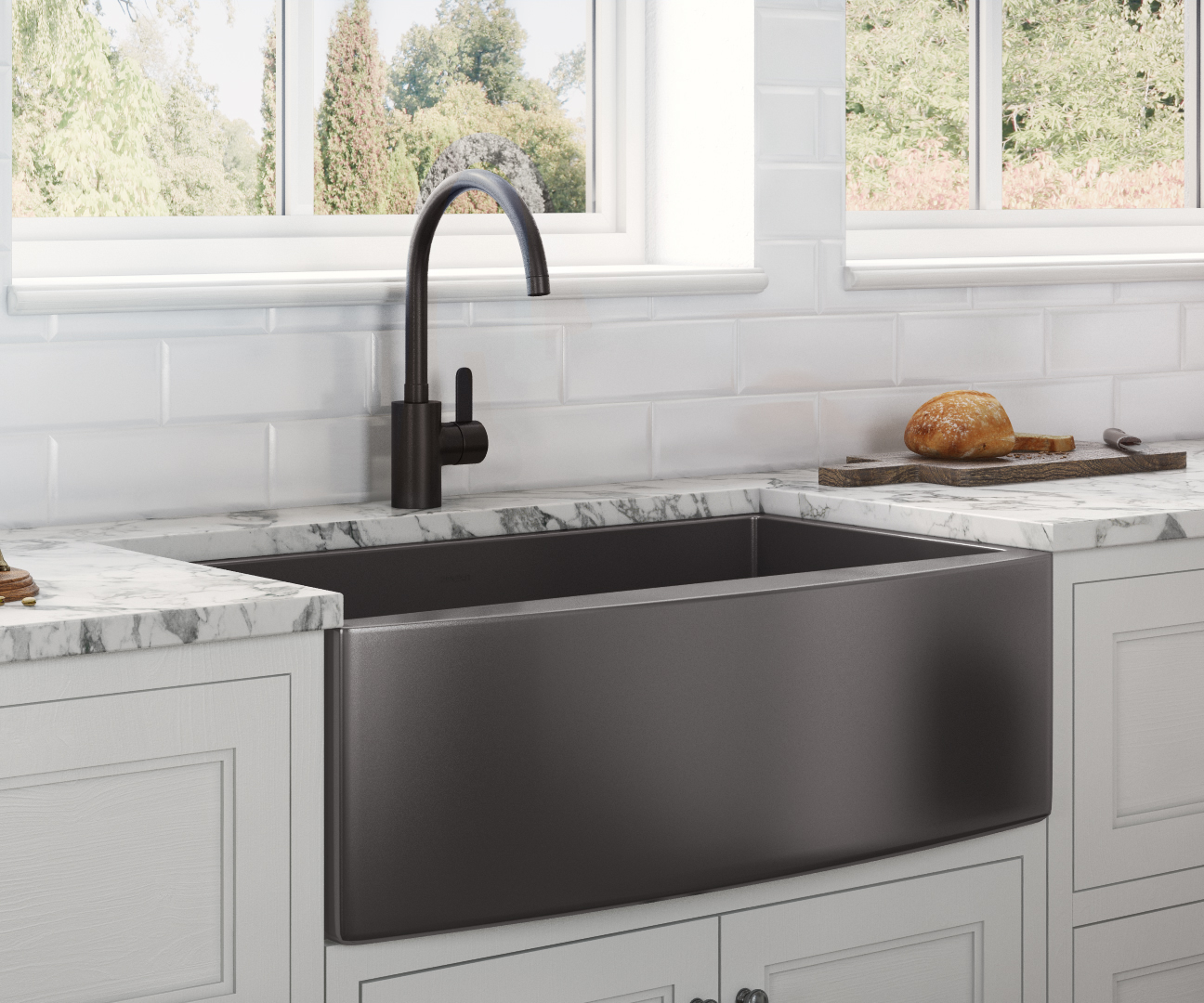 Fortunately, there are ways to prevent and treat
acid damage
on your
stainless steel kitchen sink
. The most important step is to choose a high-quality
stainless steel
sink that is resistant to corrosion and scratches. This will help minimize the risk of damage from
acid
. Additionally, it is important to avoid using harsh, acidic cleaners on your sink. Instead, opt for mild, non-abrasive cleaners and always rinse thoroughly with water after use. If you do notice any discoloration or etching on your sink, there are products available specifically designed to remove
acid stains
from
stainless steel
. Be sure to read the instructions carefully and test the product on a small, inconspicuous area before applying it to the entire sink.
Fortunately, there are ways to prevent and treat
acid damage
on your
stainless steel kitchen sink
. The most important step is to choose a high-quality
stainless steel
sink that is resistant to corrosion and scratches. This will help minimize the risk of damage from
acid
. Additionally, it is important to avoid using harsh, acidic cleaners on your sink. Instead, opt for mild, non-abrasive cleaners and always rinse thoroughly with water after use. If you do notice any discoloration or etching on your sink, there are products available specifically designed to remove
acid stains
from
stainless steel
. Be sure to read the instructions carefully and test the product on a small, inconspicuous area before applying it to the entire sink.
In Conclusion
 In conclusion, while
stainless steel kitchen sinks
are a popular and durable choice for any home, they are not impervious to damage from
acid
. It is important to choose a high-quality sink and use gentle, non-acidic cleaners to prevent and treat any damage that may occur. By taking these precautions, you can ensure that your
stainless steel kitchen sink
remains a beautiful and functional element in your dream kitchen for years to come.
In conclusion, while
stainless steel kitchen sinks
are a popular and durable choice for any home, they are not impervious to damage from
acid
. It is important to choose a high-quality sink and use gentle, non-acidic cleaners to prevent and treat any damage that may occur. By taking these precautions, you can ensure that your
stainless steel kitchen sink
remains a beautiful and functional element in your dream kitchen for years to come.



:max_bytes(150000):strip_icc()/how-to-clean-a-stainless-steel-sink-5093605-03-11ec4355990742cf834cada8ad1bf87b.jpg)

